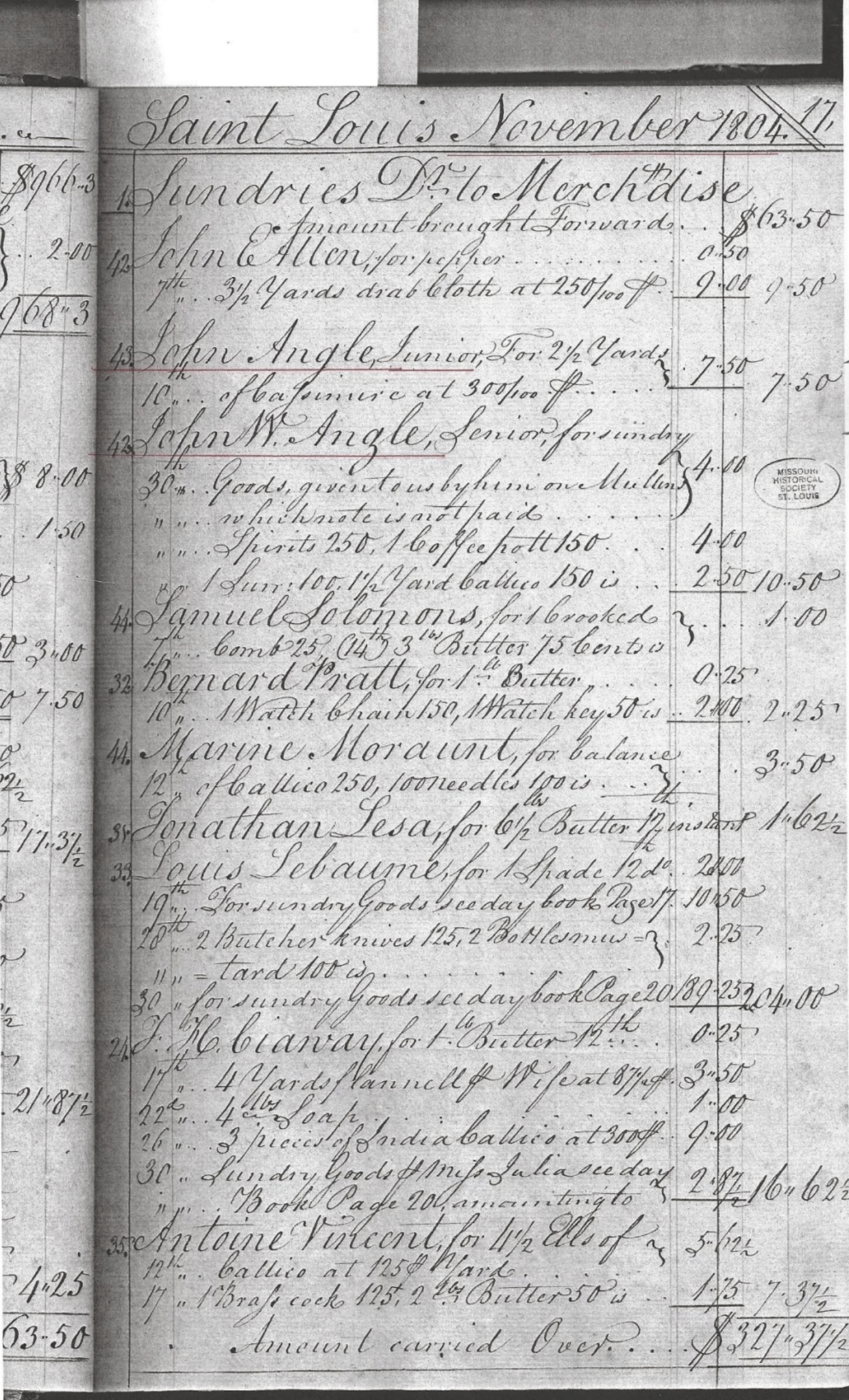In January 1776, he was a private in the Northampton Militia, which became a part of the 1st Pennsylvania Regiment of the Continental Line.
This Regiment was known for being sharpshooters. The Regiment was engaged in the New York Campaign, the Battle of Trenton, the Second Battle of Trenton, and others. At some point he transferred into Armand’s Battalion, First Partisan Legion, Virginia. He remained with Armand’s corps until the surrender at Yorktown, where he received his discharge papers. His discharge papers still exist and are held in the Virginia State Archives.
He was entitled to receive Bounty Land, which he sold and used the money to begin travelling west. By the end of the Revolutionary War he was married, and eventually had nine children. Records list him in Davidson County, Tennessee, in 1791, where he owed money to an estate. By 1796 he was in Ste Genevieve, Missouri, where one of his children was baptized. He remained in this area of Missouri, buying land, charging items at local stores, becoming involved in numerous lawsuits until his death near St. Louis around January 31, 1818.
The account ledgers of a general store in St. Louis showed that he, or members of his family, purchased 2 ½ yards of fabric; ½ inch screw auger, a coarse handkerchief; “spirits,” and other items. One lawsuit was over a promissory note he signed for a loan that was guaranteed by his cattle, farming implements, and his “black horse with a white blaze.”
Records identify four of his children: sons John Augustine and Francis, and daughters Elizabeth and Theresa.




